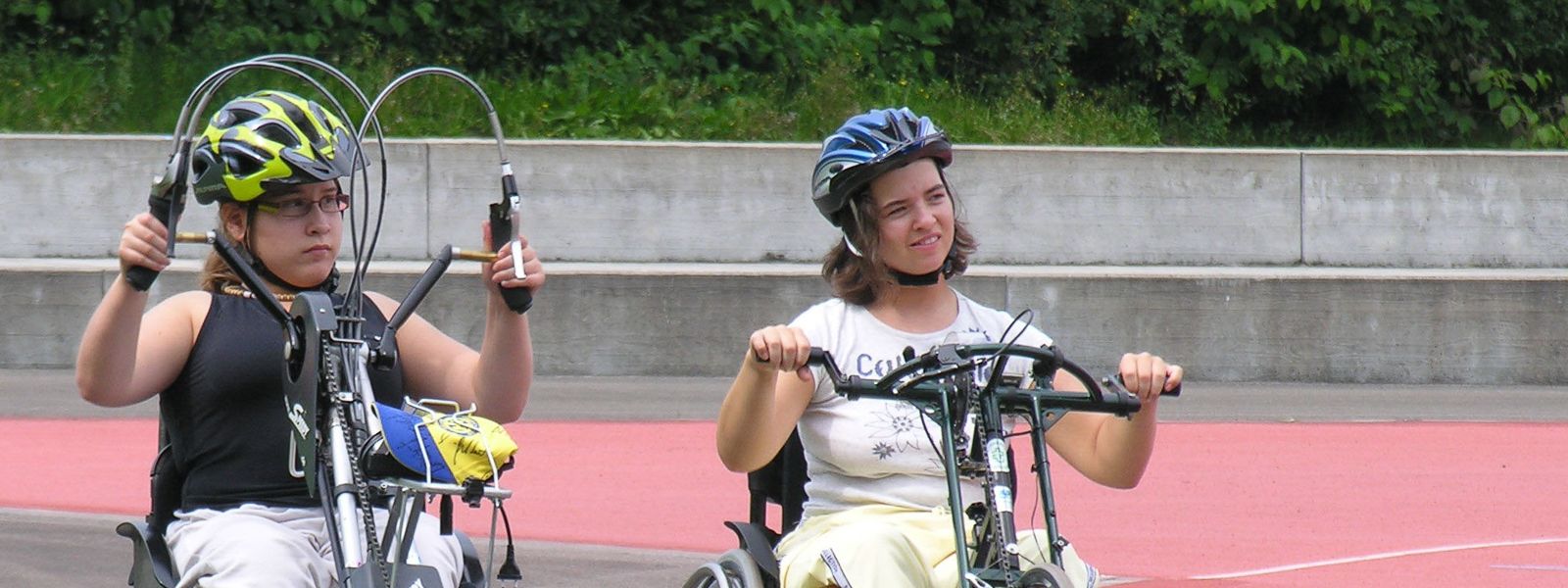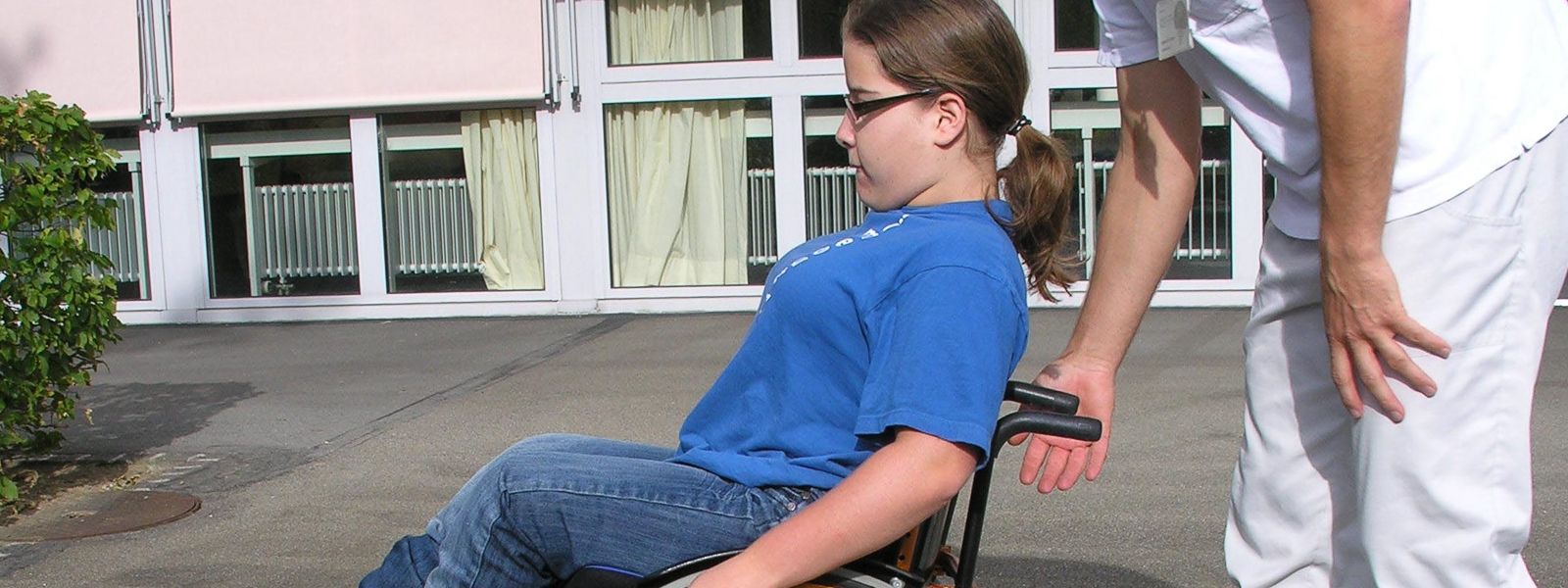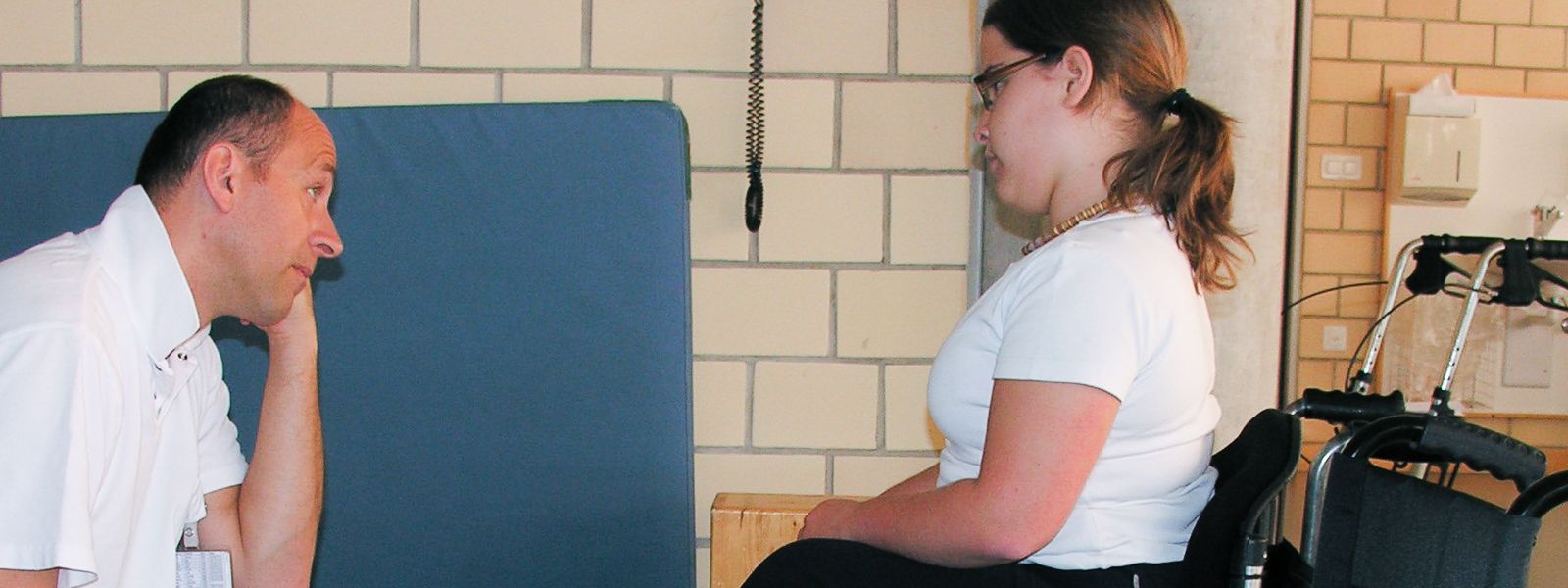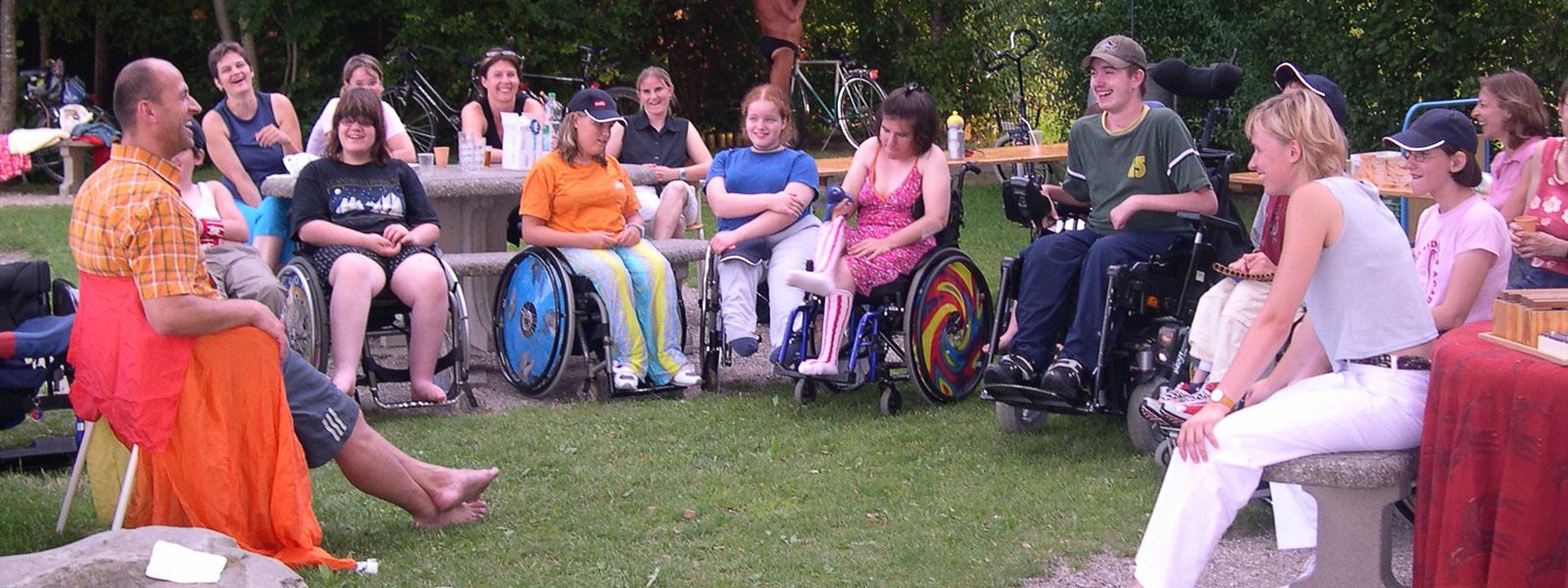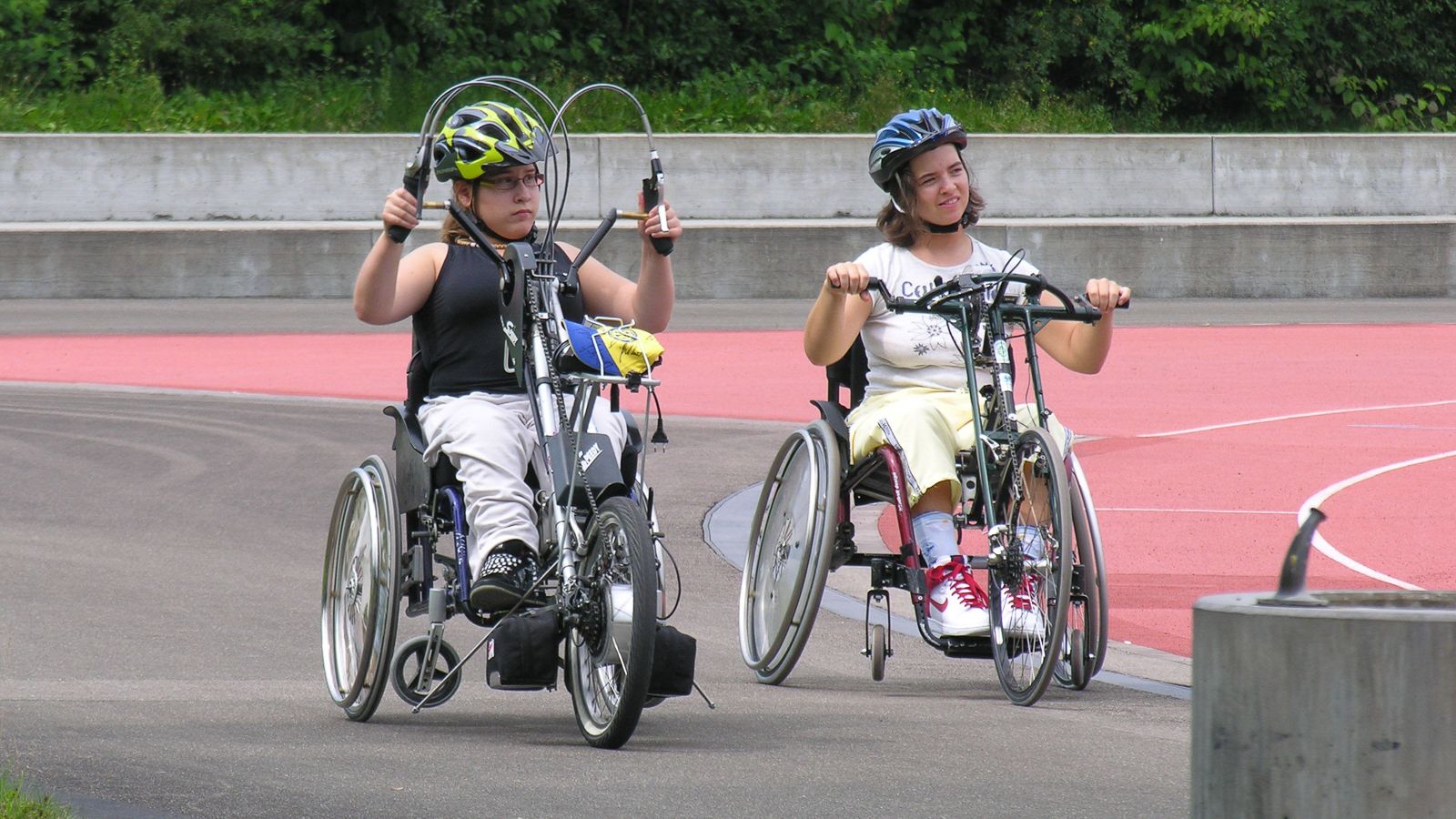
SCI In Adolescence And Peer Relationships
For most teenagers, with or without disabilities, adolescence is a period of time full of rapid and dramatic changes that present many challenges. However, teenagers with disabilities face unique challenges that have implications for personal development, family and peer relationships, and healthcare.
